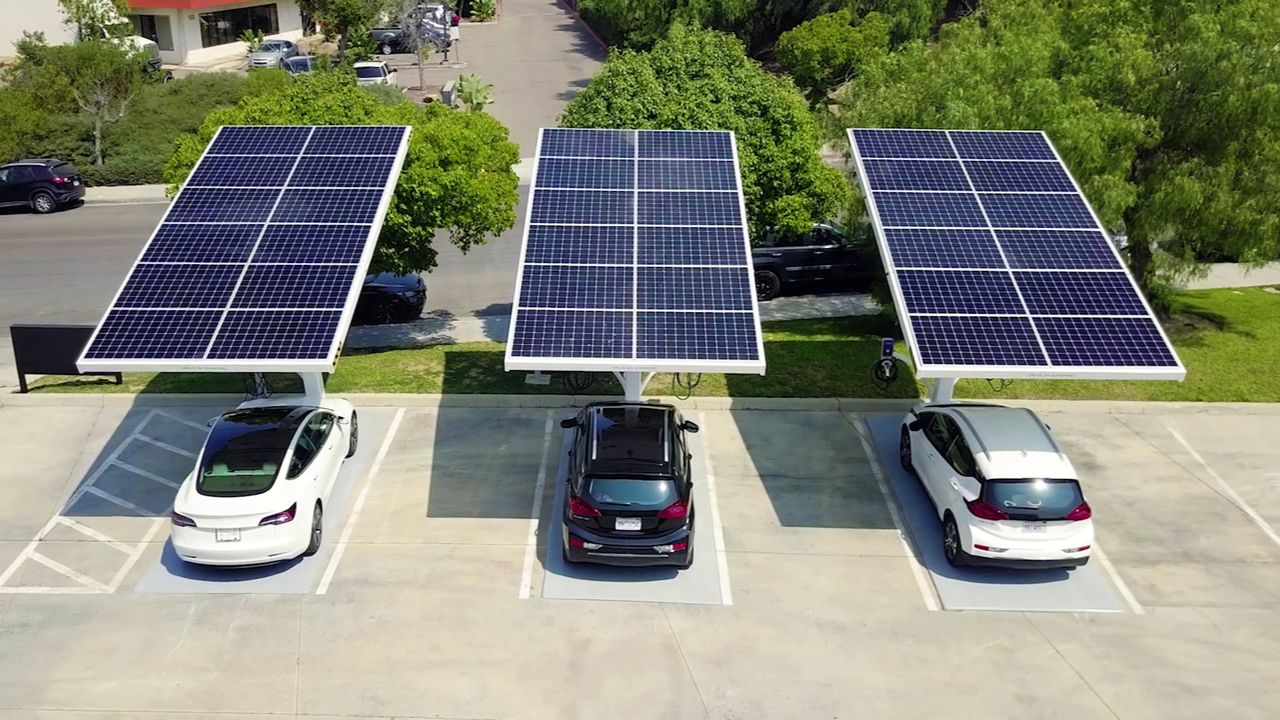This website uses cookies so that we can provide you with the best user experience possible. Cookie information is stored in your browser and performs functions such as recognising you when you return to our website and helping our team to understand which sections of the website you find most interesting and useful.
Tesla drivers could share the queue at Supercharger stations with regular electric vehicle (EV) owners sooner than expected.
In June last year, Tesla CEO Elon Musk announced plans to make its Supercharger network of rapid chargers available to all EVs but didn’t say when. In a recent interview for EV news site Electrek, the UK Parliamentary Under-Secretary of State for Transport Trudy Harrison hinted the move was likely to come in weeks or months – not years.
This will be welcome news for the UK’s growing number of EV drivers. Tesla’s Supercharger network comprises more than 600 stations across the UK and Ireland. With up to 150kW of charging each, Superchargers are among the fastest around, and exclusive access for Tesla drivers is a much-touted benefit of ownership. The move will increase the UK’s ultra-rapid charging capacity by almost a third, adding to the 1434 stations already providing 100kW or more at largely non-urban sites across the country.
Will it be enough to meet demand?
Automotive manufacturers have urged the government to ensure charge point rollout is ahead of demand. But figures from the Society of Motor Manufacturers and Traders (SMMT) show that while the number of chargers is increasing, the ratio of vehicles to chargers is widening: There are now 32 EVs for every public charger in the UK, compared to just 16 in 2020 and 11 in 2019. And currently, only one new charge point is being installed for every 52 newly registered EVs.
Announced this month, the government’s long-anticipated Electric Vehicle Industry Strategy aims to increase the UK’s capacity to 300,000 public charge points by 2030, when the sale of diesel and petrol cars will be banned. But the provision of ultra-rapid chargers like those on Tesla’s Supercharger network is less ambitious, with 6,000 to be installed by 2035. And a key detail here is that these chargers will be situated along Britain’s motorways, while urban areas will be served by slower chargers.
This highlights the fundamental challenge of rolling out efficient charging to meet EV owners’ growing needs, especially in high-demand urban areas: Provision isn’t just about meeting the numbers needed to power Britain’s increasing number of EVs. There are still considerable technical and engineering challenges to overcome.

To fit their Superchargers in urban areas where space is at a premium, Tesla had to make a significant compromise by installing smaller ‘urban’ charging units offering just under half the capacity (72kW) of the 150kW rapid chargers found at motorway services.
To accommodate sufficient charging capacity, infrastructure designers and engineers must create ever more compact power delivery systems without making similar trade-offs on power. This challenge is made tougher because the average EV battery capacity—and therefore power demand—increases year on year as manufacturers prioritise extending vehicles’ range. Unless this is solved, drivers could spend just as long at stations to receive a full battery charge in the future as they do today, even when using faster chargers.
A further challenge lies in the power source behind the UK’s charge stations. Currently, chargers don’t draw power from local networks but rely on the National Grid. A scenario like Storm Eunice—which cut power to millions of homes and businesses after hitting UK shores in February this year—could take chargers offline, potentially causing travel to grind to a halt across swathes of the country. To counteract this, infrastructure designers and engineers will need to explore localised alternatives to the National Grid to power the next generation of chargers.
In March this year, the government’s Electric Vehicle Infrastructure Strategy set aside a £450 million Local Electric Vehicle Infrastructure (LEVI) fund for local authorities (LAs) to increase charge point provision. A further £50 million will be available to hire EV experts to work with LAs to overcome technical and planning challenges.
But the LEVI will extend the rollout of existing technology instead of funding the innovation needed for more compact, locally powered chargers required in urban areas.
In conclusion
While Tesla drivers might not welcome the addition of their Superchargers to the public network, there’s no doubt it represents positive news for everyone else. However, Superchargers won’t solve the UK’s many charge point challenges ahead.
Tesla chargers don’t answer the need for widespread, increased power delivery from more compact, locally-powered units. Plus, the addition of 600 new chargers represents less than the approximately 800 chargers already being added to the public network each month—a drop in the ocean overall.
Get independent advice on charging and EV technology
The government’s goal of making 300,000 chargers ready by 2030 is ambitious. Designers and engineers now have a crucial role in meeting the target by providing the future-proof technology that will power the next generation of green vehicles.
For independent, unbiased advice about EV charging technology and components, contact Dalroad’s in-house engineers to discuss your project.

